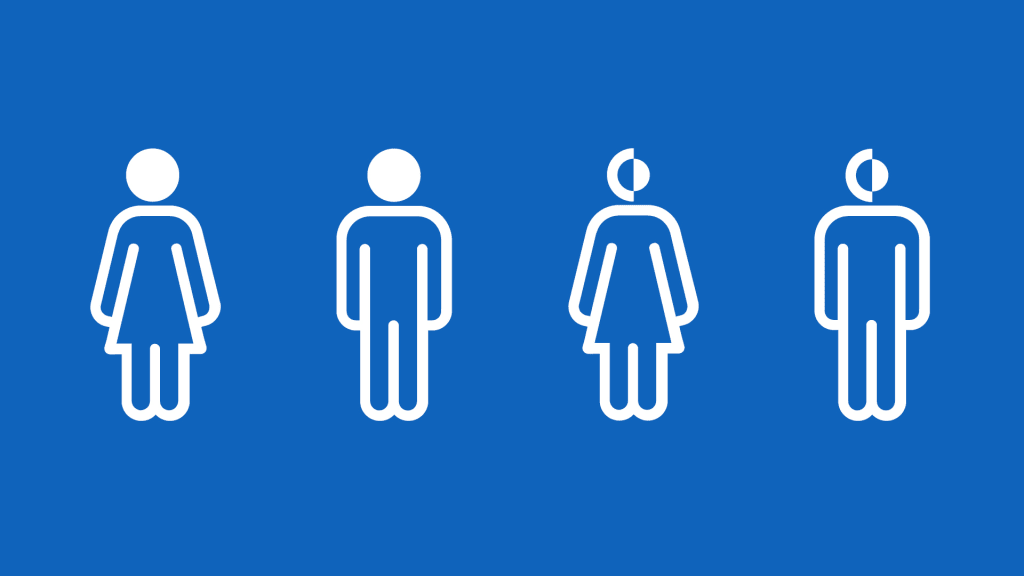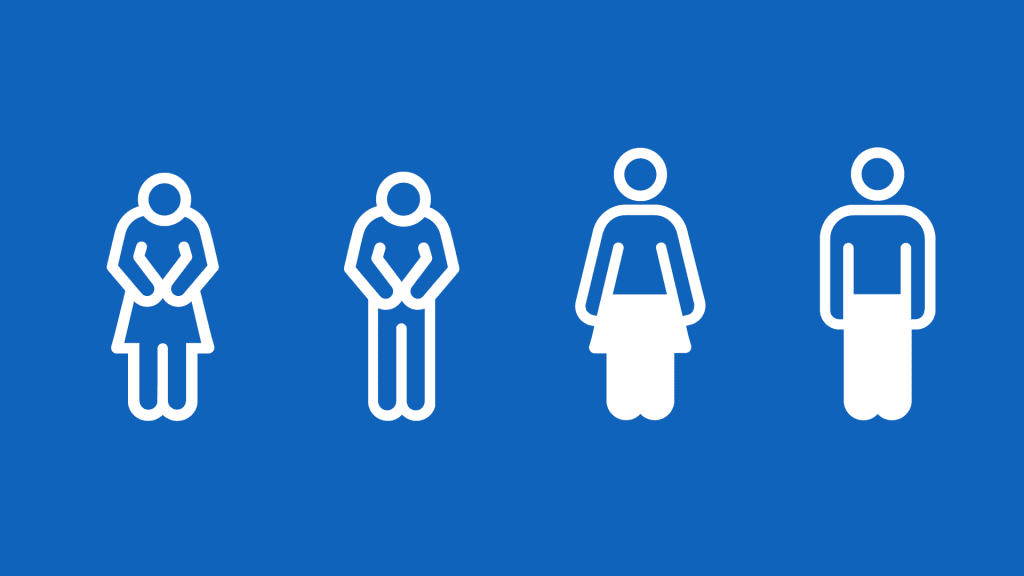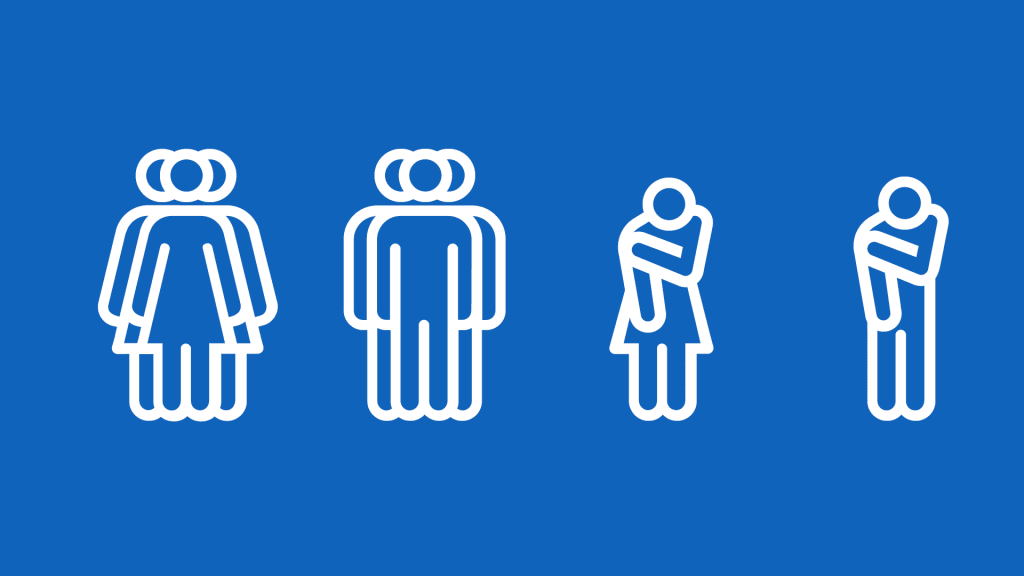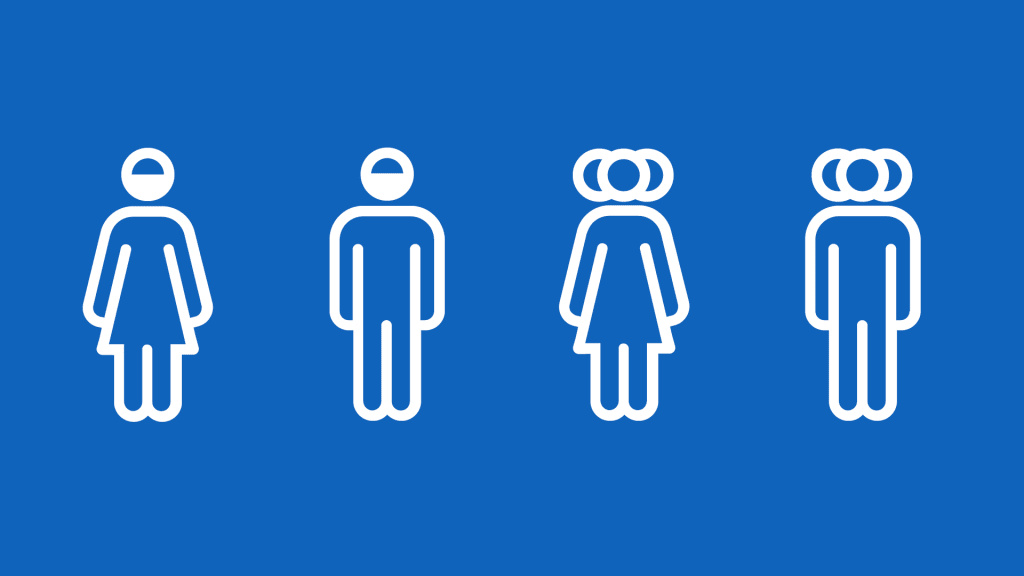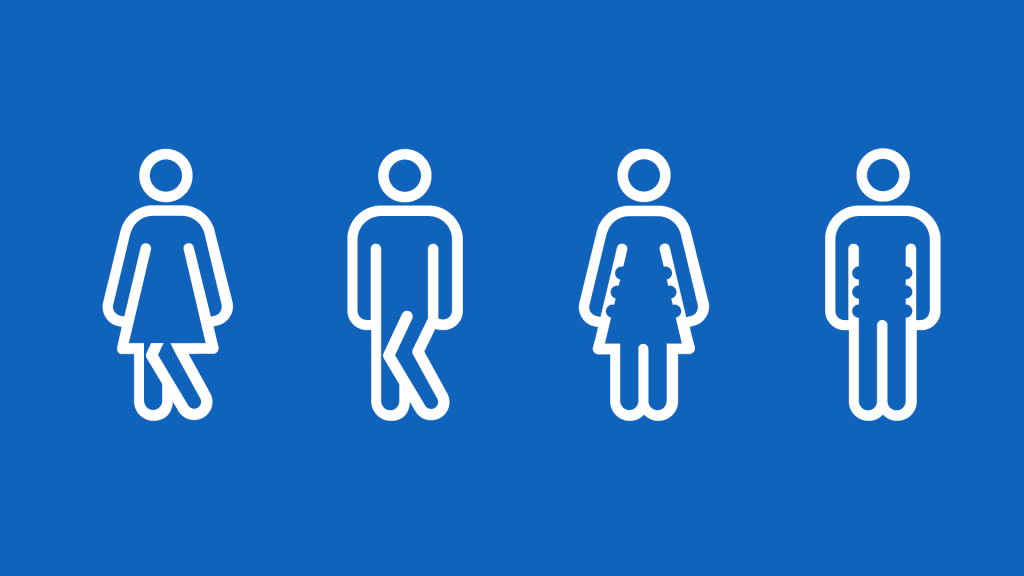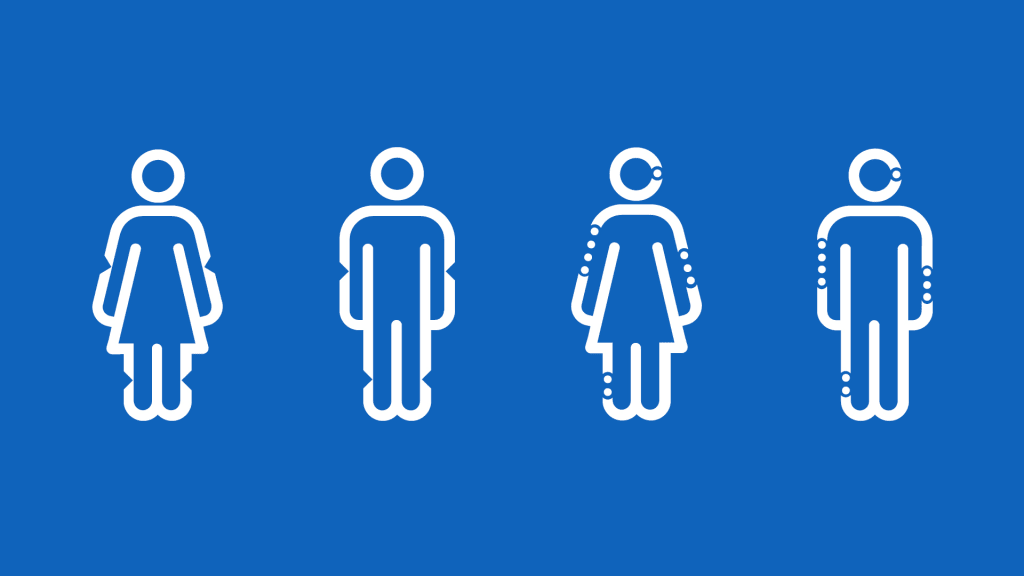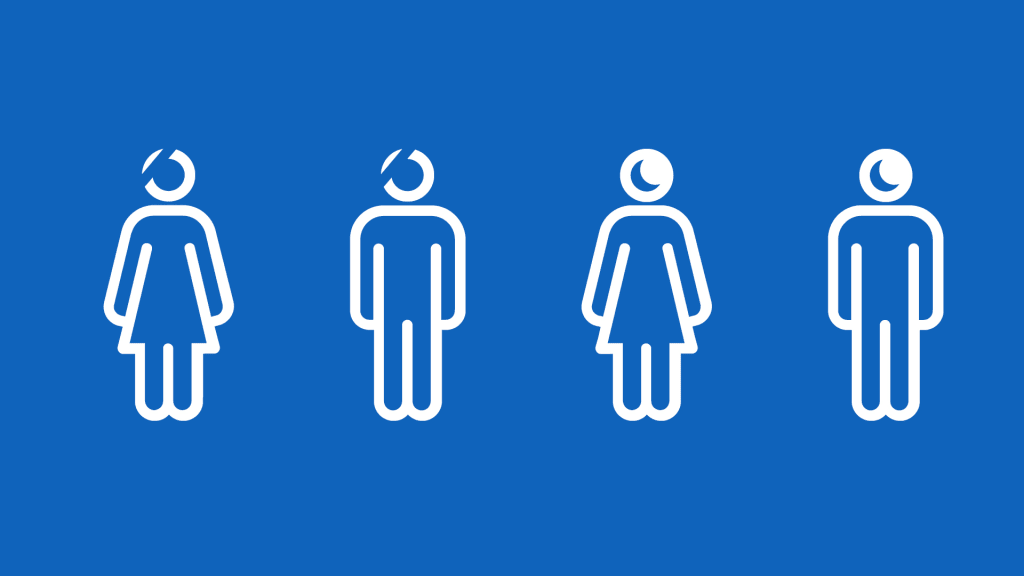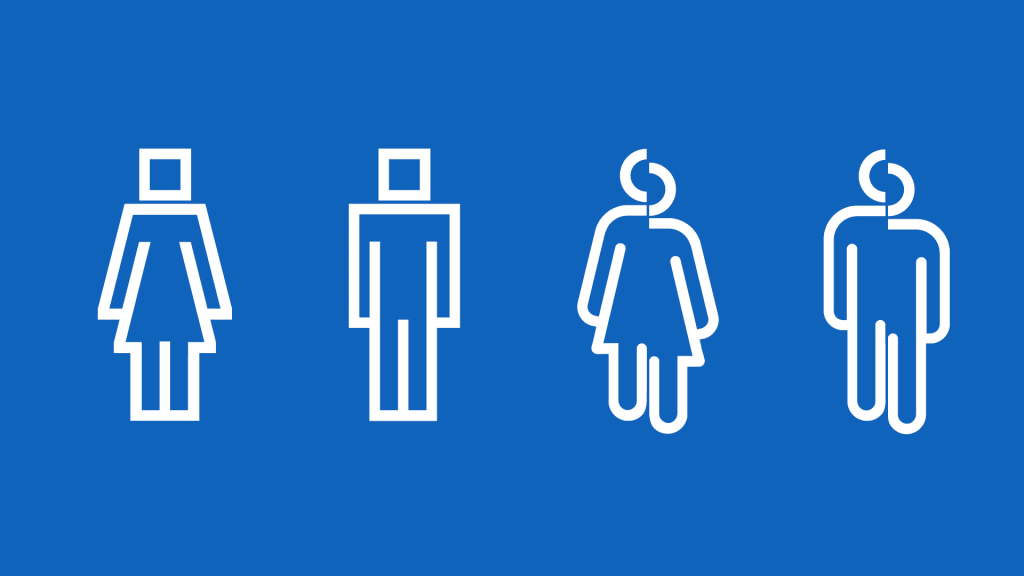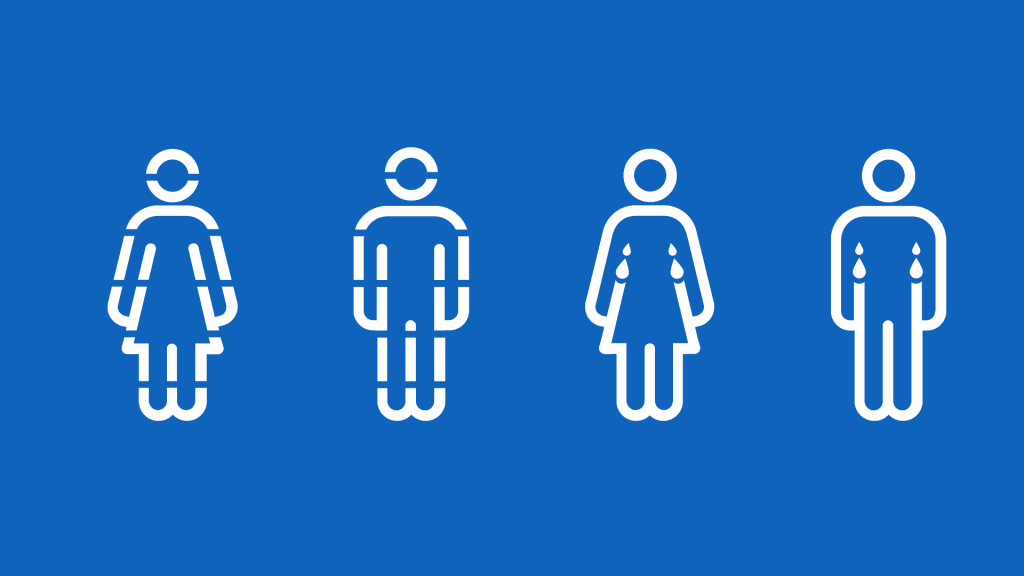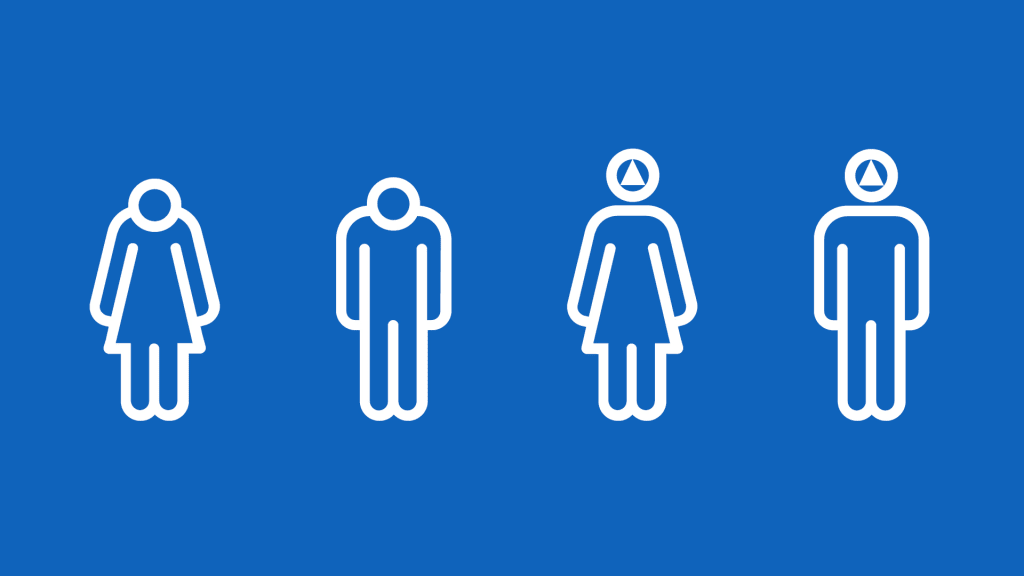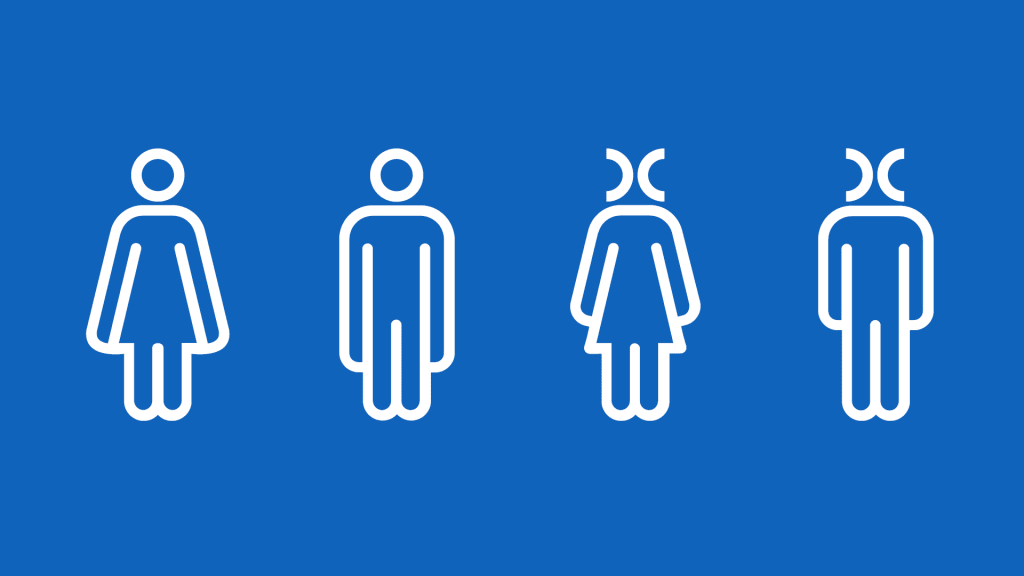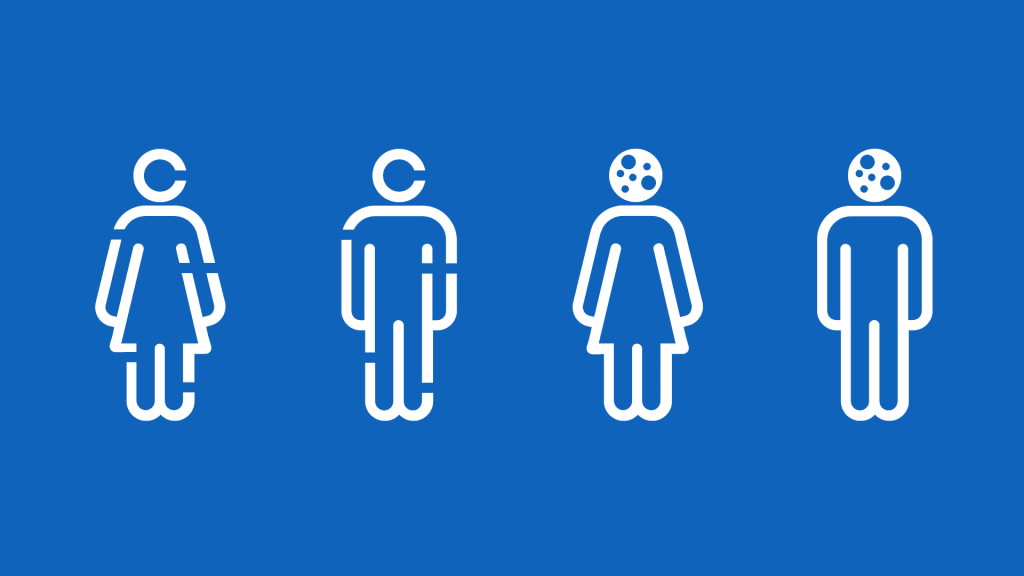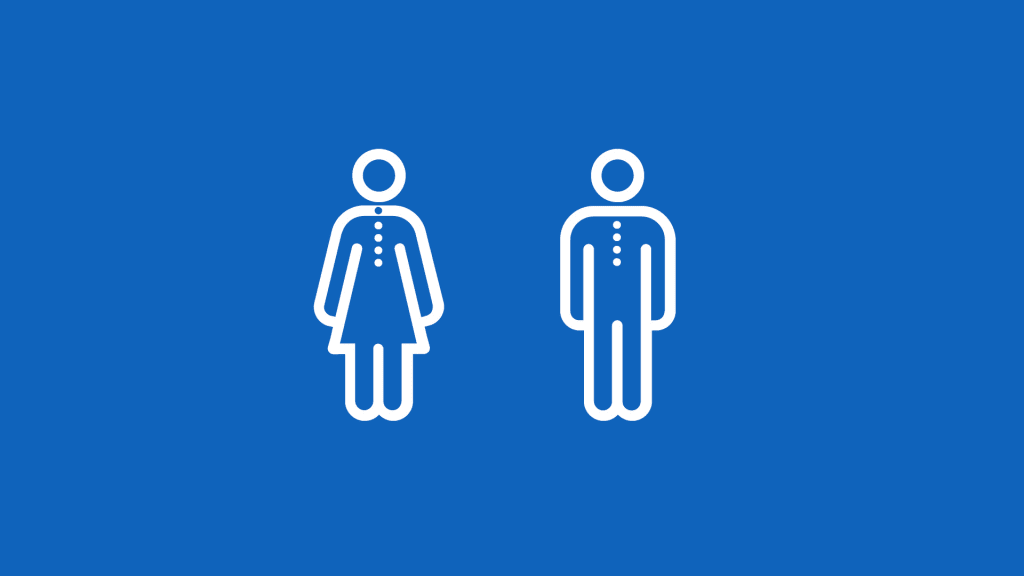Ninety-three percent of people with disabilities don’t use a wheelchair, even though the universal symbol that identifies this group is a person in a wheelchair. Liam Riddler, a creative at London’s McCann office, points to his brother, who suffers from Crohn’s disease–a condition that causes inflammation of the digestive tract, potentially causing pain, severe diarrhea, fatigue, weight loss, and malnutrition. It’s an invisible disability: Nobody would know about it by looking at him. Most people don’t understand why he may need to use accessible toilets or take advantage of priority seating.
Public ignorance of these invisible disabilities and the discrimination that results is what prompted Riddler and his colleague–McCann London’s deputy of art Lisa Carrana–to ask an obvious but difficult question: Do we need other symbols for people with invisible disabilities?
Riddler doesn’t claim to have an answer, but he and Carrana want to spur discussion around the issue with a project they have titled Visability93. Half provocation and half an effort to distill the graphical essence of these disabilities, the project is a crowdsourced competition that asks designers to submit their ideas about how to best graphically represent people with different invisible disabilities using individual symbols. So far they have 29 new icons (which you can download as a typeface here) that range from mental illnesses like anxiety, bipolar disorder, or depression, to physical conditions like asthma, arthritis, or diabetes. They’re using them in posters to raise awareness–and starting to imagine how they could potentially be applied in public to remind people that not all disabilities are visible.
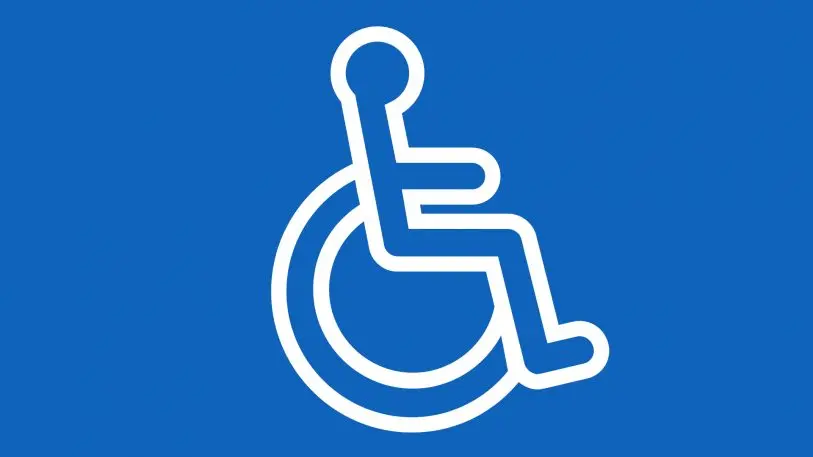
Today, disability is represented by the International Symbol of Access (ISA), which was created by Danish design student Susanne Koefoed back in 1968. It’s a strong graphic of a person in a wheelchair that has had tremendous success in conditioning societies all over the world to respect and give preferential treatment and access to disabled people.
Riddler agrees that the current symbol is extremely powerful and successful. But he points out that it really only works well for people with more visible disabilities, like those using wheelchairs or other visual aids. “In some instances, someone with an invisible disability might be mistaken for an able-bodied person, and as a result be subjected to abuse and unfair judgment as to why they’re using disabled-access facilities,” he explains via email. This, he says, can lead to unwarranted embarrassment, shame, and withdrawal from society. Visability93 is meant to educate and provoke discussion around the issue in general, and the group is working with designers, people with disabilities, and charities that represent these disabilities on the project.
In some situations in the United States, it’s illegal to ask what someone’s disability is–but that doesn’t always stop it from happening. The emotional and psychological costs can be high. When I talked to the people in my life who have invisible disabilities, they confirmed that it can be really upsetting when someone asks what their disability is before allowing them to bring their service dogs into a hotel or bar. But they also told me something else: that their disability is a private matter, which they don’t wish to broadcast in public–which is why the current, generic ISA symbol is exactly what they want.
“We don’t profess to saying everyone with an invisible disability wants to openly reveal their disease to the public,” Riddler says. “However, shouldn’t people have the option to do so if they wish, without being discriminated against?,” he continues. “We have spoken to a range of people living with invisible disabilities and have had reams of positive and some skeptical feedback. But that’s what we’re looking for.”
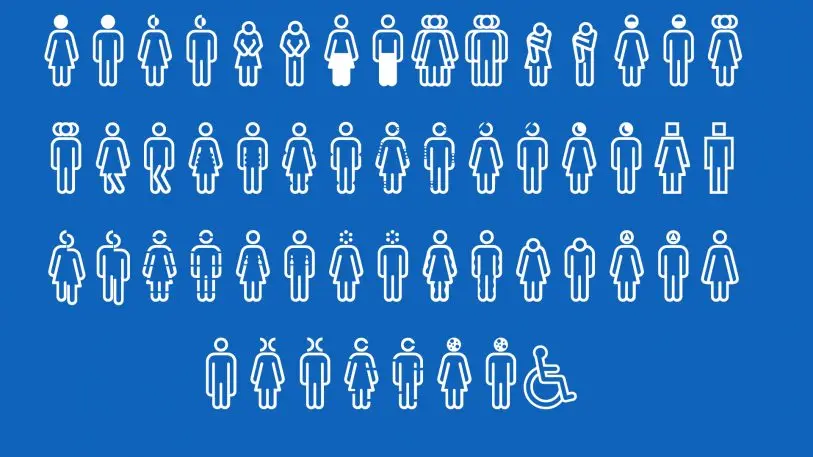
It’s a lofty goal. Indeed, trying to educate the public through such a complex language of symbols seems like an impossible challenge. Visability93’s symbols, while useful as the starting point of a debate and to raise awareness, are often very hard to identify. Compare them to Koefoed’s powerful design: The current ISA has an unequivocal meaning that was instantly apparent at first sight when it was first presented. It also has the advantage of decades of usage all around the planet. And countries use it to protect the rights of people with all disabilities, visible or not, recognized under their respective laws. These factors elevate Koefoed’s symbol beyond its graphical representation of a person in a wheelchair. It has become a powerful abstraction that is part of a common universal graphical language–perhaps impossible to replicate at this point.
That’s why, according to Riddler, the ultimate objective of Visability93 isn’t to atomize the current ISA into hundreds of icons or replace it with a new one. Instead, the idea is to create a modifiable visual language that can be adapted to include less visible disabilities if someone so wishes. In the end, the duo hopes to educate people around the issue–and fight the discrimination faced by people who “don’t look disabled.”
“If people with a disability–obvious or not–want a symbol that represents them,” Riddler says, “they should have it.”
Recognize your brand’s excellence by applying to this year’s Brands That Matter Awards before the early-rate deadline, May 3.
